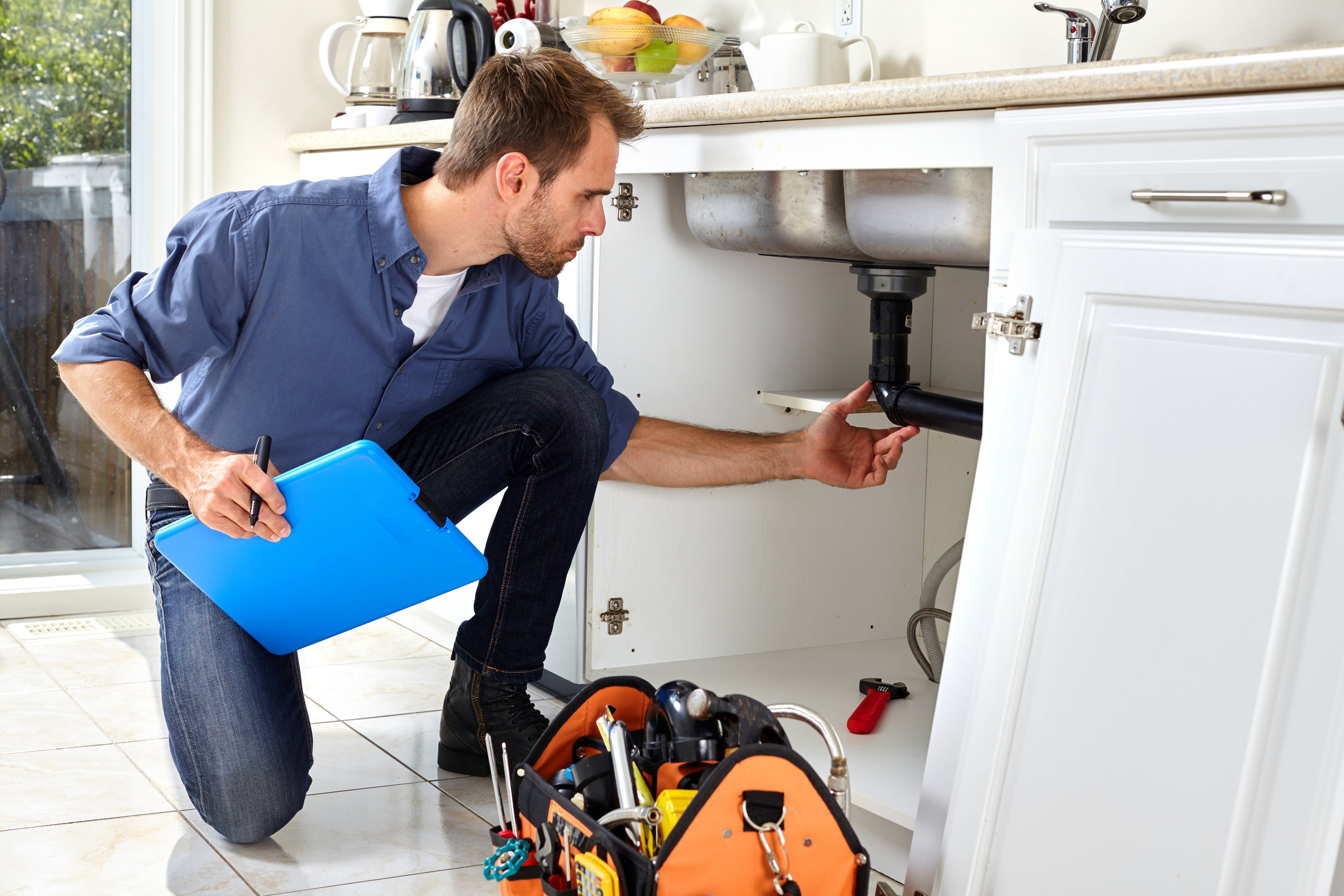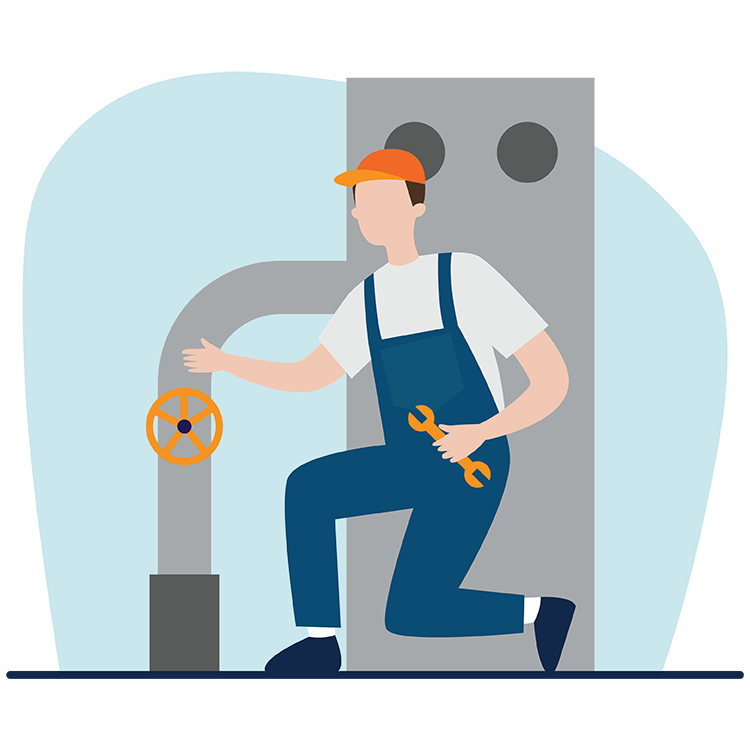Fast and Reliable Drain Cleaning Alabaster AL Services Available
Fast and Reliable Drain Cleaning Alabaster AL Services Available
Blog Article
A Step-by-Step Guide to Effective Water Heating System Installment for Optimum Performance
Getting started on the task of setting up a water heater is a venture that requires precision and a methodical method for accomplishing optimum performance. As you continue, the intricacies of attaching water supply lines and setting up reputable electric or gas links await, appealing understandings into guaranteeing efficiency and integrity.
Selecting the Right Water Heating Unit

Next, take into consideration the dimension and capability of the water heater. It's important to evaluate your household's warm water requirements, which can vary based on the variety of residents and their use patterns. A system that's too tiny may bring about insufficient warm water, while an oversized model might result in unnecessary energy intake.
Effectiveness scores additionally play a crucial role in choice. Look for hot water heater with high Power Element (EF) ratings, indicating premium performance and minimized energy usage. Tankless models, though usually a lot more pricey upfront, deal substantial energy savings gradually due to their on-demand home heating capacities.
Preparing the Setup Location
Prior to setting up a brand-new water heating unit, careful preparation of the installment location is necessary. This guarantees a smooth setup process and aids avoid future difficulties (Drain Cleaning Alabaster AL). Begin by choosing an appropriate place that abides by local building ordinance and security requirements. The area ought to be completely dry, well-ventilated, and obtainable for upkeep. It's vital to measure the area meticulously to fit the water heating unit's dimensions, making sure adequate clearance around the system for efficient procedure and servicing.
Examine the flooring for security, as the water heating system will certainly need a strong, degree surface to operate properly. If necessary, mount a drip frying pan beneath the device to catch potential leaks or spills, avoiding water damage to the surrounding area.
Additionally, ensure that all essential devices and products get on hand prior to beginning the installment. This includes things such as wrenches, screwdrivers, a level, and any additional equipment needed for placing and protecting the heater. A well-prepared installment area establishes the structure for an effective hot water heater arrangement, maximizing efficiency and safety.
Connecting Water System Lines
When connecting water lines to your recently mounted hot water heater, it is essential to guarantee that all links are leak-free and safe to maintain reliable procedure and stop water damage. Begin by recognizing the warm and cool supply of water lines. The cool water inlet is typically marked with a blue label or a "C", while the warm water outlet is marked with a red tag or an "H".
Usage versatile hot water heater adapters to help with a simpler setup procedure. These ports can take in vibration and permit small motion, lowering the danger of leakages. Prior to attaching the adapters, place a plumbing professional's tape around the threaded ends of the water heater's inlet and outlet pipes - Plumbing Alabaster AL. This tape serves as a sealant, stopping leakages. Thoroughly link the flexible hoses to the respective inlet and electrical outlet, making certain that they are tight however not over-tightened, which might harm the strings.
Once connections remain in place, gradually turn on the primary water shutoff. Inspect each link for leakages by visually inspecting and feeling for dampness. Tighten up links as essential, and make sure the stress alleviation valve is appropriately installed, guarding versus excessive stress build-up.
Establishing Electrical or Gas Links
Effectively establishing up the electric or gas links for your water heating unit is a vital step to ensure safe and efficient operation. For electric water heaters, start by validating that the electric circuit is suitable with the heating unit's voltage and amperage requirements.
For gas hot water heater, security is vital. Confirm that the gas supply is off before continuing. Link the gas line to the hot water heater using an adaptable gas web adapter, guaranteeing it is correctly threaded and sealed with pipe joint compound or Teflon tape appropriate for gas links. Tighten up the connections with a wrench, taking care not to over-tighten (Plumber Alabaster AL).
Once links are made, inspect for any potential leakages. For gas lines, apply a soapy water service to the joints; bubbles indicate a leak. For electric connections, confirm that all electrical wiring is safe and effectively insulated, maintaining compliance with local electrical codes.
Examining and Readjusting for Performance
With the electrical and gas connections securely in location, the next step is examining the functional performance of your water heating system. Begin by thoroughly activating the water system and making sure there are no leakages at any one of the joints or shutoffs. When verified, proceed to fill up the storage tank, taking note of the pressure and temperature settings. It is advisable to set the thermostat to a suggested temperature level of around 120 ° F(49 ° C) to stabilize power performance and convenience.
Following, carry out a comprehensive evaluation to guarantee the burner or gas heaters are functioning correctly. For electrical heating units, utilize a multimeter to validate if the aspects are drawing the ideal existing. In gas designs, observe the burner fire; it ought to be constant and blue, suggesting effective burning.
Change the settings as needed to get rid of inefficiencies. Take into consideration applying insulation procedures, such as adding a water heating system covering, to further boost performance by decreasing warm loss. In addition, inspect the anode pole's problem, as a shabby pole can minimize efficiency and cause container rust.
Verdict
Effective water heating system setup is critical for making sure optimum performance and power cost savings. By picking a knockout post the appropriate kind and dimension, and meticulously preparing the setup location, a foundation for success is established. Firmly connecting supply of water lines and meticulously establishing electric or gas connections decrease prospective problems. Comprehensive screening for leaks and specific thermostat adjustments to 120 ° F boost reliability and effectiveness. Sticking to these steps promotes lasting functionality and energy preservation read review in household water heating systems.

Appropriately establishing up the electric or gas links for your water heating system is an important action to make certain efficient and safe operation. For electric water heating units, begin by confirming that the electrical circuit is compatible with the heating unit's voltage and amperage demands. Link the gas line to the water heater utilizing an adaptable gas connector, ensuring it is appropriately threaded and sealed with pipe joint compound or Teflon tape suitable for gas links.
Report this page